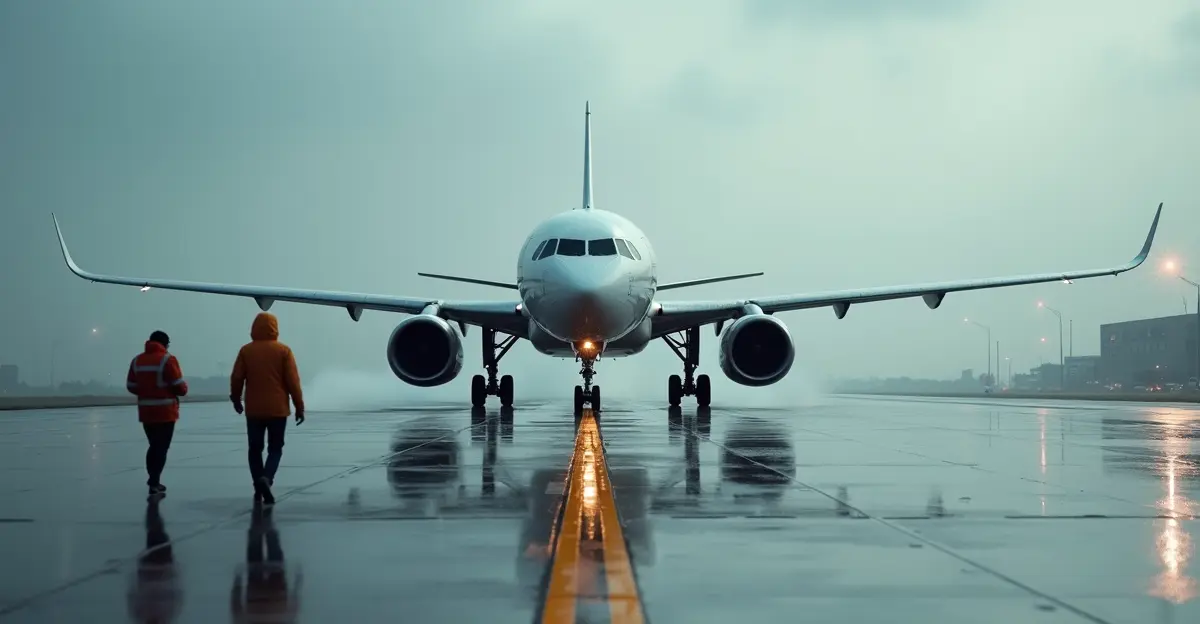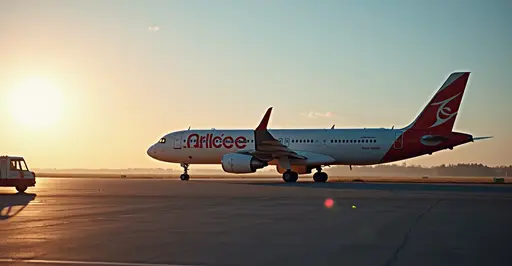
The Growing Concern Over Wet Runway Safety
Aviation authorities worldwide are raising alarms about the increasing frequency of aircraft skidding incidents on wet runways. Recent data shows that runway excursions, particularly during adverse weather conditions, represent one of the most common types of aviation accidents today.
Understanding Runway Excursions
A runway excursion occurs when an aircraft makes an inappropriate exit from the runway, either by overrunning the end or veering off the side. According to aviation safety statistics, runway excursions account for approximately 36% of all aviation accidents, making them the most frequent type of landing incident.
The Flight Safety Foundation reports that between 1995 and 2007, 96% of runway accidents and 80% of accidents with fatalities involved runway excursions. These incidents are particularly dangerous during wet conditions when braking effectiveness can be reduced by up to 50%.
Weather Factors Contributing to Skidding
Wet runways present multiple challenges for pilots. Reduced friction coefficients, hydroplaning risks, and decreased visibility all contribute to the increased likelihood of skidding incidents. When rainwater accumulates on runway surfaces, it creates a thin film that can cause aircraft tires to lose contact with the pavement, leading to hydroplaning.
Modern commercial aviation maintains an impressive safety record with approximately 1 fatal accident per 16 million flights. However, runway safety incidents remain a significant concern, especially as climate change brings more frequent and intense rainfall to many regions.
Recent Notable Incidents
The January 2024 Haneda Airport collision in Tokyo serves as a sobering reminder of runway safety challenges. While not specifically a wet runway incident, it highlighted the critical importance of proper runway management and communication.
Historical data shows that wet conditions significantly increase the risk of runway overruns. The 1965 Continental Airlines Flight 12 accident in Kansas City demonstrated how rain and high winds could make it impossible to stop an aircraft within available runway length, leading to recommendations for longer runways at airports serving jet aircraft.
Safety Measures and Technologies
Aviation authorities have implemented several measures to combat wet runway dangers. The Engineered Materials Arrestor System (EMAS) has been installed at many airports worldwide. This technology uses crushable materials at runway ends to safely stop aircraft that overrun, significantly reducing the risk of serious accidents.
Pilot training has also evolved to include extensive simulator sessions focusing on wet runway operations. Airlines now provide specific guidance on landing techniques, crosswind limitations, and go-around procedures during adverse weather conditions.
Runway surface treatments have improved with grooved runways becoming more common. These grooves help channel water away from the tire contact patch, maintaining better friction during wet conditions.
The Future of Runway Safety
As aviation continues to grow, with passenger numbers increasing from 310 million in 1970 to over 3.7 billion in recent years, maintaining and improving runway safety remains paramount. New technologies including advanced weather monitoring systems, improved braking systems, and enhanced pilot assistance tools are being developed to address wet runway challenges.
The aviation industry's commitment to safety has led to a 12-fold decrease in fatal accidents per million flights since 1970. However, the persistent challenge of wet runway operations requires continued vigilance, investment in infrastructure, and ongoing training to ensure that this positive safety trend continues.

 Nederlands
Nederlands English
English Français
Français Deutsch
Deutsch Español
Español Português
Português







